Yonke: Flight 93 memorial honors ordinary citizens who became heroes
SHANKSVILLE, Pa. - Serene. Somber. Silent.
The hushed reverence inside the National Park Service’s Flight 93 National Memorial Visitor Center felt constricting, like steel walls pressing in on you.
Anyone who was of age will never forget the horrors of Sept. 11, 2001.
I remember it well. I was a religion reporter and went to a church in downtown Toledo where people were gathering in shock, feeling helpless, angry, distraught. What could anyone do in the face of such unimaginable evil? Yet doing nothing was not an option.
They gathered in the historic urban church. People prayed, sang hymns, held hands or wrapped arms around one another, even perfect strangers, seeking solace.
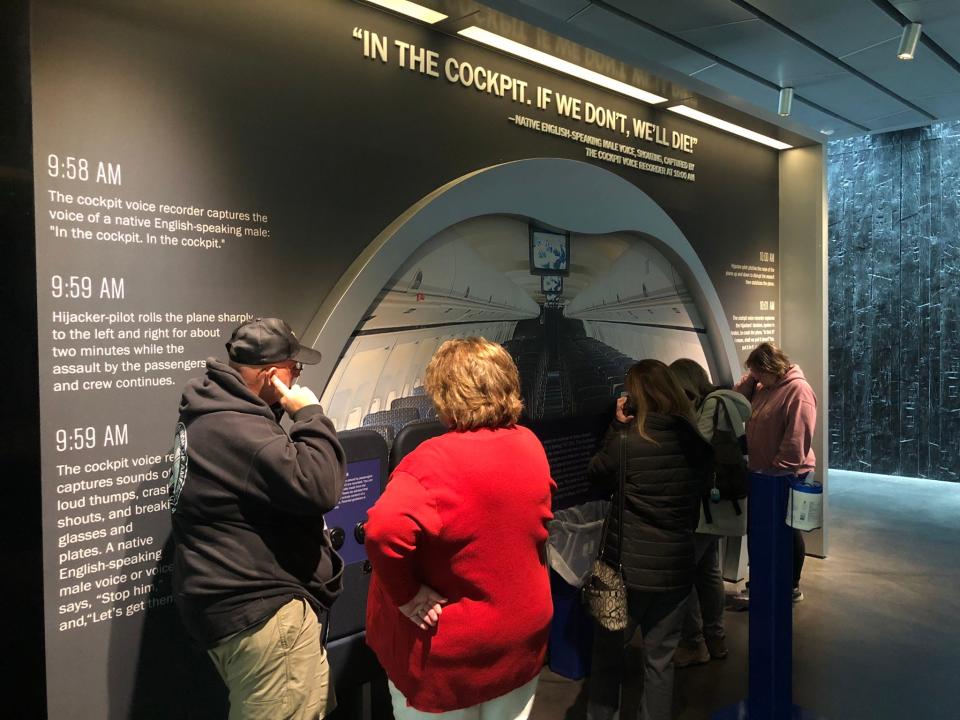
Visiting the Flight 93 Memorial brought these memories back in full force, welling up from the heart, mind and soul.
My wife and I had been driving across Pennsylvania when I saw a sign for the memorial at an exit on the turnpike.
An unlikely place for the war on terror
We made a spontaneous decision to take Exit 110, then drove on two-lane roads through idyllic farmland for about half an hour until we arrived at the visitor center, a dramatically stark concrete-and-glass structure set high on a hill in the middle of nowhere.
It seemed such an unlikely place to have been a battleground in the war against terror.
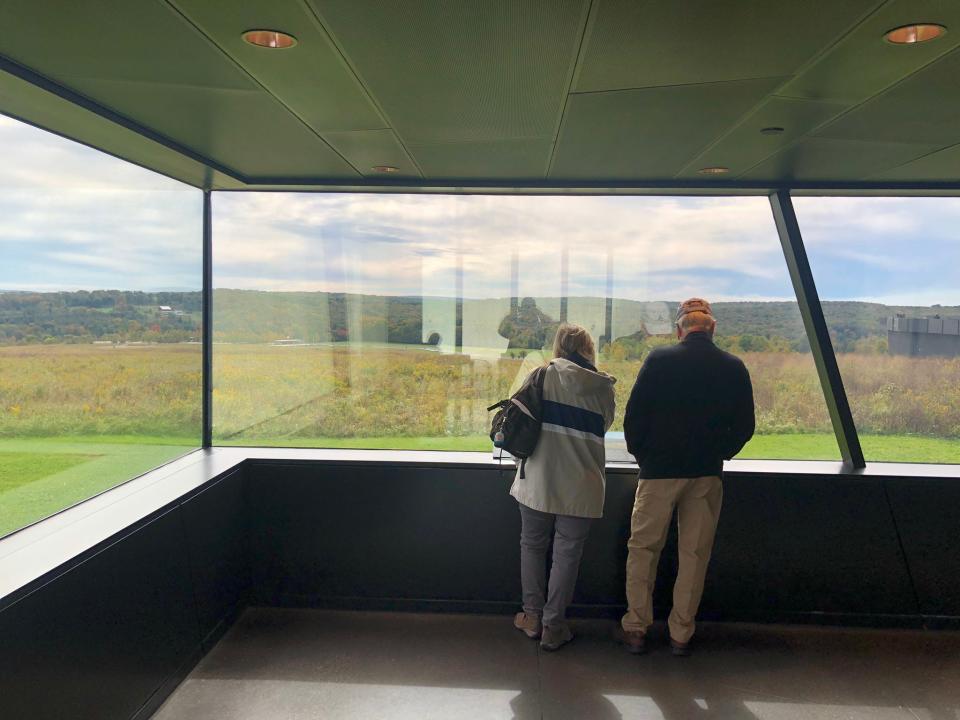
On a random weekday in August, dozens of people entered the building, everyone caught up in their own thoughts and memories as they read the words and maps, looked at photos and artifacts, and watched videos on five large two-sided displays retelling the events of that fateful day.
“A common field one day. A field of honor forever.”
That message is etched into a glass partition on a platform overlooking the 40-acre meadow below.
Inside, the only sound was the shuffling of feet and quiet, soft whispers, and the stifled cries of an elegant woman with white hair and black clothing as she viewed the displays. When she came to an exhibit with a list of passenger names, she put one finger on the plaque and began sobbing uncontrollably. Another woman in line walked up and hugged her tightly.
I could only imagine the deep hurt of seeing a familiar name on that list.
Hijacking occurred near Cleveland
Forty passengers and crew members died when the hijacked United Airlines Flight 93, initially headed from Newark to San Francisco, crashed into the earth at 563 mph carrying 5,000 gallons of fuel, exploding on impact. There were no survivors. A park guide said investigators found little forensic evidence in the crater left by the impact; most of the plane and the victims were incinerated.
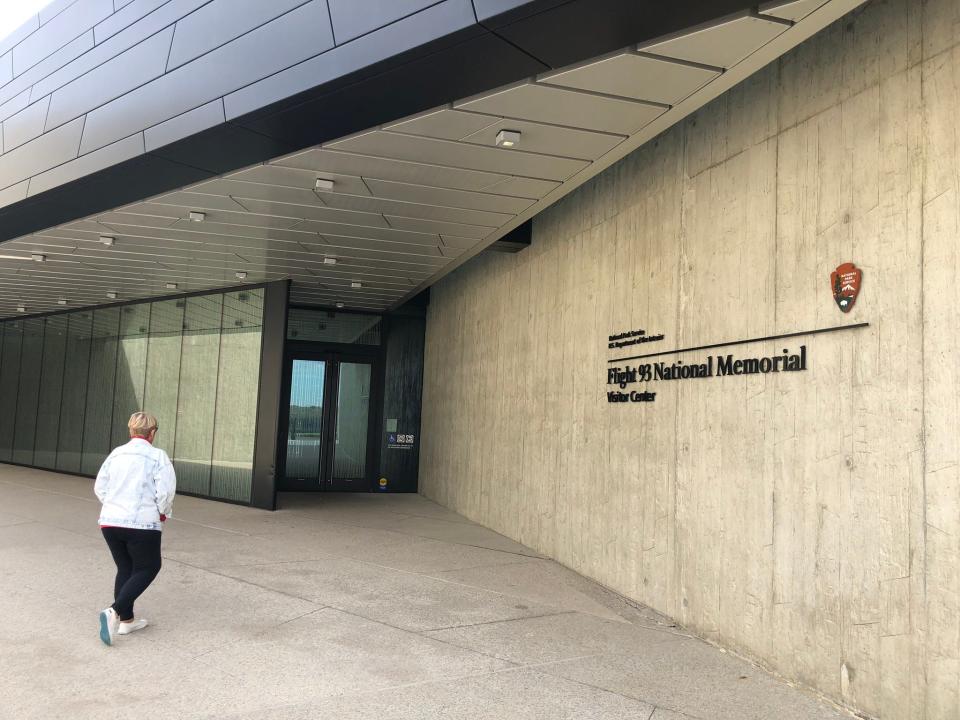
The hijacking occurred when the plane was near Cleveland, and the airliner suddenly veered to the southeast, with the transponder disabled by the terrorists.
The passengers were herded to the back of the plane. They used the plane’s onboard phones and their personal cell phones to call loved ones. They soon learned that other planes had been hijacked and had crashed into the World Trade Center in New York.
They realized what was going on. They held a vote.
Todd Beamer made the famous call, “Let’s roll,” and they rushed toward the cockpit and fought the hijackers. It was a “sustained” assault, the 9/11 Commission said in its 585-page report. There were “loud thumps, crashes, shouts, and breaking glasses and plates,” according to cockpit recordings.
“Shall we finish it off?” one hijacker asked, as the terrorist flying the plane rocked the jetliner left and right, apparently trying to throw off their attackers. Another hijacker said to wait.
The commission determined the plane had been headed for Washington, about 20 minutes away by air, where another hijacked jet would soon crash into the Pentagon. The Flight 93 hijackers were believed to have been targeting either the U.S. Capitol or the White House.
'Shall we put it down?'
The hijacker asked again, “Shall we put it down?” This time the answer was yes. According to the 9/11 Commission, the passengers “were only seconds from overcoming them.”
The most chilling part of the Memorial are the voice recordings of people aboard the plane. Visitors to the center can pick up an airplane phone on the wall and listen to recordings. Family members of those who died in the crash made the decision to let the public hear the recordings.
Linda Gronlund called her sister, Elsa, at 9:46 a.m., 17 minutes before the crash.
“I only have a minute. I’m on United 93. It’s been hijacked by terrorists,” she said.
“I just wanted to say I love you. I’m going to miss you…”
Poised, she tells her sister that she has a safe in the closet containing personal papers and valuables, and gives her instructions how to open it.
CeeCee Ross Lyles, a flight attended, left a message for her husband, Lorne: “I want to tell you I love you. Please tell my children I love them very much… I hope to be able to see your face again, baby. I love you. Bye.
Lyles also called United Airlines to report the hijacking.
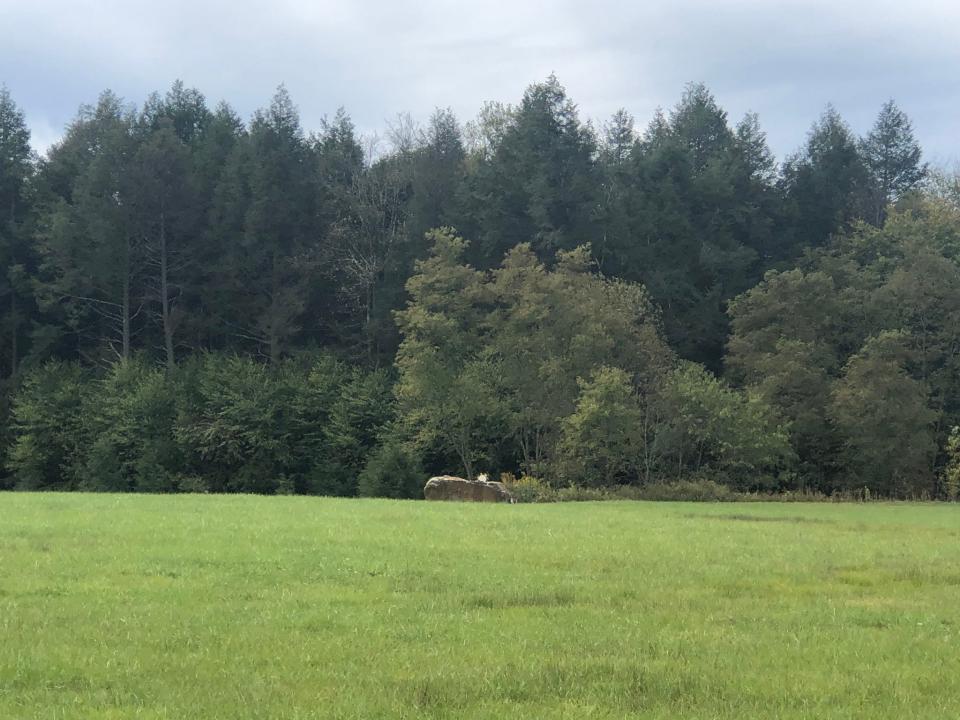
One wall displays color photos of all 40 passengers and plays videos about their lives, among them a wildlife biologist, college students, a retired bartender, an arborist, attorneys, and an ironworker who helped build the World Trade Center.
Normal people on a normal flight; sadly, this flight was far from normal. These passengers were caught in the devil’s snare.
Todd Beamer's ID badge displayed
Beamer’s identification badge from his employer, Oracle Corporation, is among the artifacts on display. Another is a scarred and crumpled piece of fuselage from the nose section of the plane, displaying the numbers 549 — part of the plane’s ID number 5491.
“America Attacked,” proclaims one sign above a display.
A winding path leads from the building to the field below, where behind a "Wall of Names" and a wooden gate stands a 17-ton boulder marking the spot where UA Flight 93 struck the ground. Only family members and special visitors are allowed through the gate.
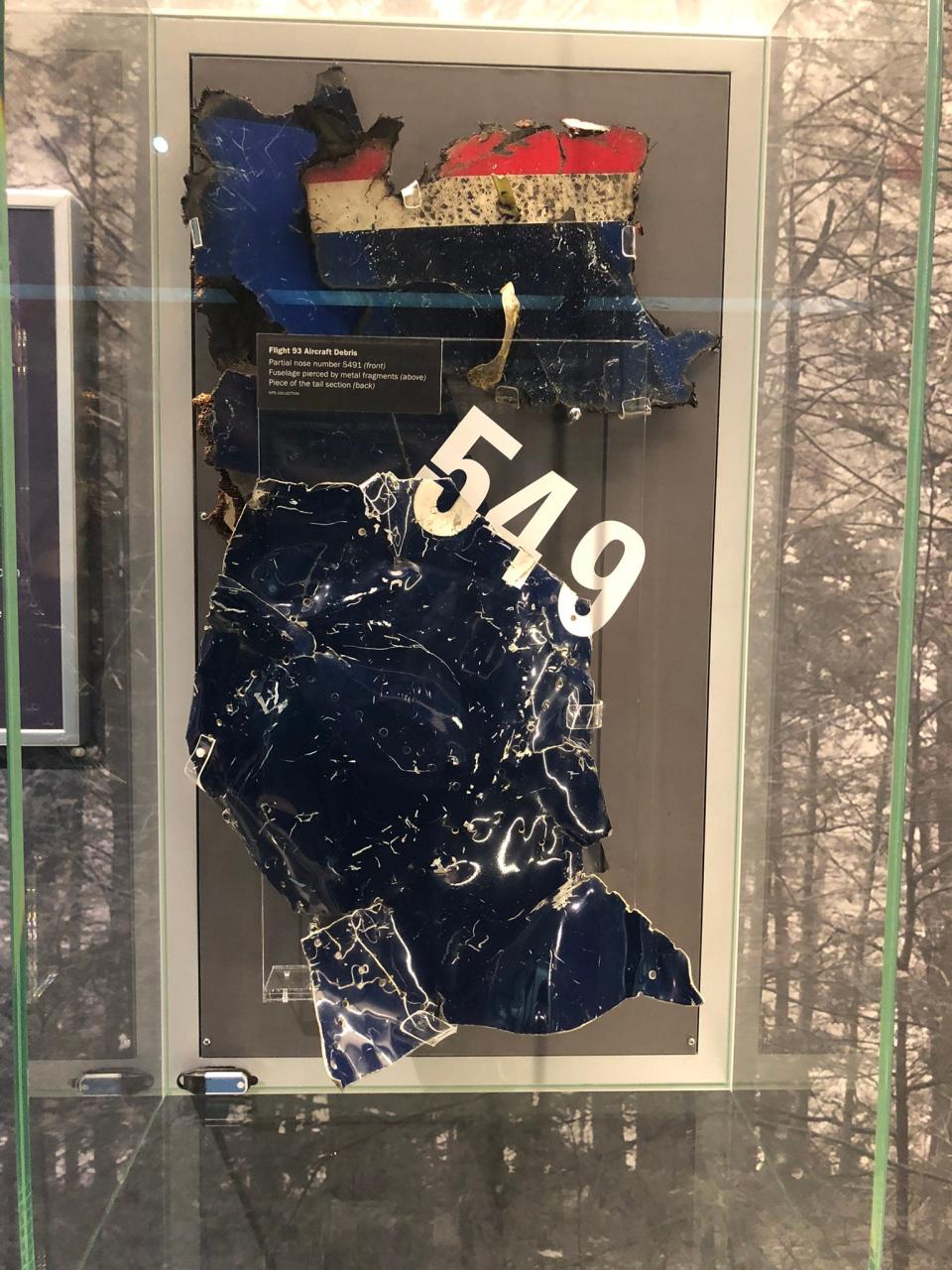
The 9/11 Commission concluded that “the defense of U.S. airspace on 9/11” was “improvised by civilians.”
The heroism of these ordinary people shines through the darkness of that fateful day that shook the world 22 years ago.
We will never forget.
David Yonke is the editor of the Mansfield News Journal, Bucyrus Telegraph-Forum, The (Fremont) News-Messenger, and the Port Clinton News Herald.
This article originally appeared on Mansfield News Journal: Flight 93 memorial visitor center brings painful memories to the fore

